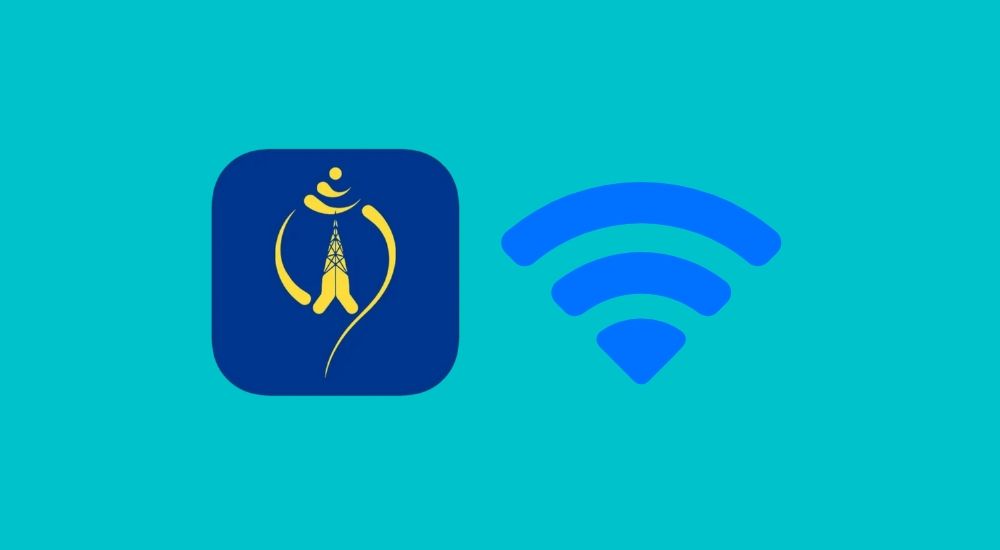Nepal Telecom (NT), the government-owned telecommunications service provider, will soon be providing WiFi service in the ward offices. The target of NT is to furnish all the ward offices of the 77 districts with the WiFi facility.
WiFi plays a vital part in the completion of some of our organization works. Nepal Telecom is trying to reach every household and provide internet facility, how can they miss the nucleus of our locality, the ward premise? Yes, the premise where most of our daily business functions will equip with WiFi service. According to Gorakhapatra, the venture is included in the NT’s coming fiscal year 2077/78 BS annual program as the first phase.
How will NT equip the ward with WiFi service?
Nepal Telecom will be integrating a particular device that connects to the BTS tower wirelessly in the ward so that the service user can use both telephone service and WiFi service simultaneously. The equipment provided by NT will have a separate port for the telephone to use for regular calls. We suppose the phone be based on VoLTE service, which is about to launch by Nepal Telecom. In simple words, it is a landline phone-centric WiFi service.
The device will come with a SIM card, which will have a longer digits number than the regular SIM numbers. As known, the telephone number will begin from the code of the district. For example, if you are a user of Dhading, the SIM number will start from 010.
Ntc has some new plans to replace the fixed CDMA phones and the ineffective WiMAX service in the case of remote areas. Recently, Nepal Telecom stopped the WiMAX service in Nepal after eight years due to many complications, including the interference from Jio. The villagers will have to be deprived of the WiFi facility for a while since this facility will be available to the ward office immediately and not to the public due to limited resources.
The bandwidth for the 4G towers cannot cater to the traffic demand if they allow the service to the public. The public subscription will have a massive impact on the 4G towers and create a bandwidth crunch for mobile users. To avoid the load and making mobile broadband expensive, they have a current plan only for the ward offices.
It seems Nepal Telecom’s focus is more on quality than on the accessibility. Though the WiFi facility implementation is costly in remote areas, NT will be focusing on reducing the cost as much as possible. Creating more spectrum bandwidth to use for 4G may serve the total demand in the future. So, Nepal Telecom may replace the WiMAX service with the latest 4G technology in the same spectrum band of WiMAX.
The benefits of this service
As stated by Gorakhapatra, Nepal Telecom is testing the device to install in every ward. The WiFi quality will not be compromised even if the tower’s distance is a bit far because the device will be equipped with both 800 MHz (Band 20) and 1800 MHz (Band 3) spectrum.
The telecommunication service is not going to be the same anymore. The same fixed device will provide dual function; Telephone and the WiFi Internet service. As the equipment uses a 4G network, the internet speed will be equal to that of 4G. The focus is more on providing high-quality devices, which can deliver speeds of up to 100 Mbps.
The combination of both bands (Band 3 And Band 20) will result in better availability and faster internet speed. As each spectrum band can provide speed above 70 Mbps and Band 20 has better signal reach, we can expect the WiFi service to be faster and reliable. Gorkhapatra reports quoting Er. Amrit Nepal that there will be 10 Mbps bandwidth allocation for each connection.
Read more How to connect WiFi internet at home?
Conclusion
WiFi service in every ward will now finally be a reality in our country. As known, Nepal Telecom will equip the wards with necessary devices both in urban and remote areas. NT has various plans on how they will allocate frequency bands in multiple regions.
It is quite interesting to note that both the nation-wide telcos are now investing in Wireless broadband using their existing 4G infrastructure, which proves that they have ample bandwidth to serve these fixed customers. Lately, Ncell also announced the Wirefree plus WiFi internet in 40+ districts, which you can pre-book.
Nepal Telecom claims to complete the implementation of the 4G based WiFi service within the coming fiscal year, what’s your take on this course of action? Share your views on the comment section below.













